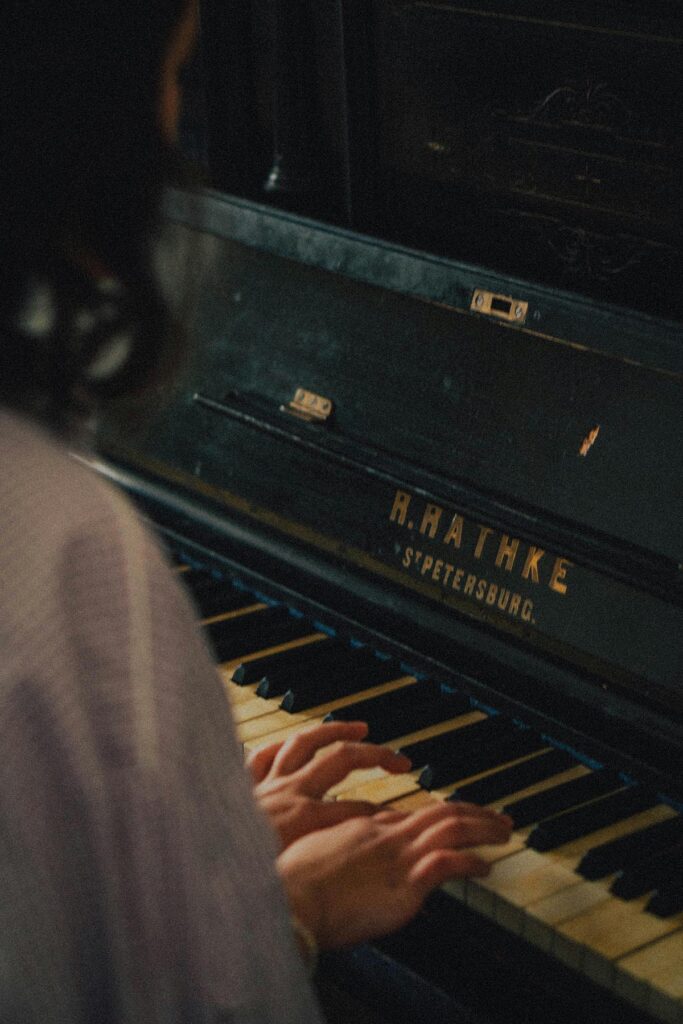Introduction
The piano, synonymous with elegance, complexity, and emotional depth, is central to classical music. From its origins in the early 18th century to its prominence on the concert stages of today, the piano has been a critical player in the development of music. This instrument has given rise to some of the most profound and enduring works in the classical repertoire, performed by a lineage of artists whose names have become legendary. This article embarks on a journey to explore the piano’s evolution, its role in classical music, and the enduring legacy it has carved in the hearts of both performers and audiences alike.
The Genesis of the Piano
The piano story begins with Bartolomeo Cristofori, an Italian instrument maker who, around the turn of the 18th century, sought to create an instrument that could offer a more comprehensive dynamic range than the harpsichord. The result was the pianoforte, a revolutionary instrument capable of soft (piano) and loud (forte) dynamics, a feature the harpsichord lacked. This newfound dynamic capability allowed composers and performers to explore a richer palette of musical expressions, laying the foundation for the piano’s central role in classical music.
The Evolution of the Piano
Over the centuries, the piano underwent significant technological advancements that expanded its range, power, and expressiveness. The development of the iron frame, the improvement of the action, and the expansion of the keyboard allowed the piano to produce a wider range of tones and volumes, from the most delicate pianissimo to the most thunderous fortissimo. These advancements enhanced the piano’s capabilities and inspired composers to push the boundaries of musical composition.


The Piano in Classical Repertoire
The piano’s versatility and expressive potential made it a favorite among composers of the classical and romantic periods. Figures such as Wolfgang Amadeus Mozart, Ludwig van Beethoven, Franz Schubert, Frédéric Chopin, and Johannes Brahms contributed significantly to the piano’s repertoire, each adding their unique voice to the instrument’s legacy. These composers exploited the piano’s ability to convey a wide array of emotions, from joy to despair, love to loss, creating works that remain pillars of the classical music canon.
Mozart and the Piano Concerto
Mozart elevated the piano concerto to new heights, crafting compositions showcasing the piano as a solo instrument and an integral part of the orchestral fabric. His concertos are celebrated for their lyrical melodies, intricate dialogues between the piano and orchestra, and brilliant virtuosity.
Beethoven: Expanding the Piano’s Horizons
Beethoven’s contributions to the piano repertoire include sonatas, concertos, and chamber works that pushed the instrument to its limits. His music expanded the piano’s structural, technical, and emotional boundaries, culminating in works of unparalleled depth and complexity.
Chopin and the Poetic Piano
Chopin, primarily a piano composer, wrote pieces that are epitomes of Romantic lyricism and virtuosity. His nocturnes, ballades, and etudes explore the subtleties of the piano’s expressive capabilities, weaving intricate textures and delicate nuances into each composition.

Brahms and the Piano’s Richness
Johannes Brahms utilized the piano to explore rich harmonic landscapes and complex rhythms. His piano works, including intermezzo, rhapsodies, and concertos, are celebrated for their architectural solidity, emotional intensity, and technical demands.
The Piano’s Role in Education and Performance
The piano’s extensive repertoire and expressive range have made it a staple in music education and performance. Learning to play the piano offers students a comprehensive understanding of music theory, harmony, and form, skills that are transferable to other areas of musical study. The piano’s solo and accompaniment capabilities make it a versatile instrument in chamber music, vocal accompaniment, and as a solo instrument on the concert stage.
The Modern Piano and Its Artists
The piano continued to evolve in the 20th and 21st centuries, with composers exploring new techniques and sounds. The modern piano repertoire includes works incorporating extended techniques, electronic enhancements, and multimedia elements, reflecting the piano’s adaptability to contemporary artistic visions. Artists like Martha Argerich, Lang Lang, and Yuja Wang have become modern ambassadors of the piano, captivating audiences worldwide with their technical mastery and emotional depth.
Conclusion
As a classical instrument, the piano has journeyed through centuries, evolving alongside the musical landscape it has helped shape. Its extensive repertoire, ranging from the classical era’s delicate sonatas to the modern age’s bold expressions, showcases the instrument’s unparalleled versatility and expressiveness. The piano has not only been a vessel for the most remarkable musical minds to express their innermost thoughts and feelings but also a bridge connecting generations of listeners to the beauty of classical music. As we look to the future, the piano’s legacy as a cornerstone of classical music is secure, promising endless possibilities for exploration and discovery in the hands of the next generation of musicians.
